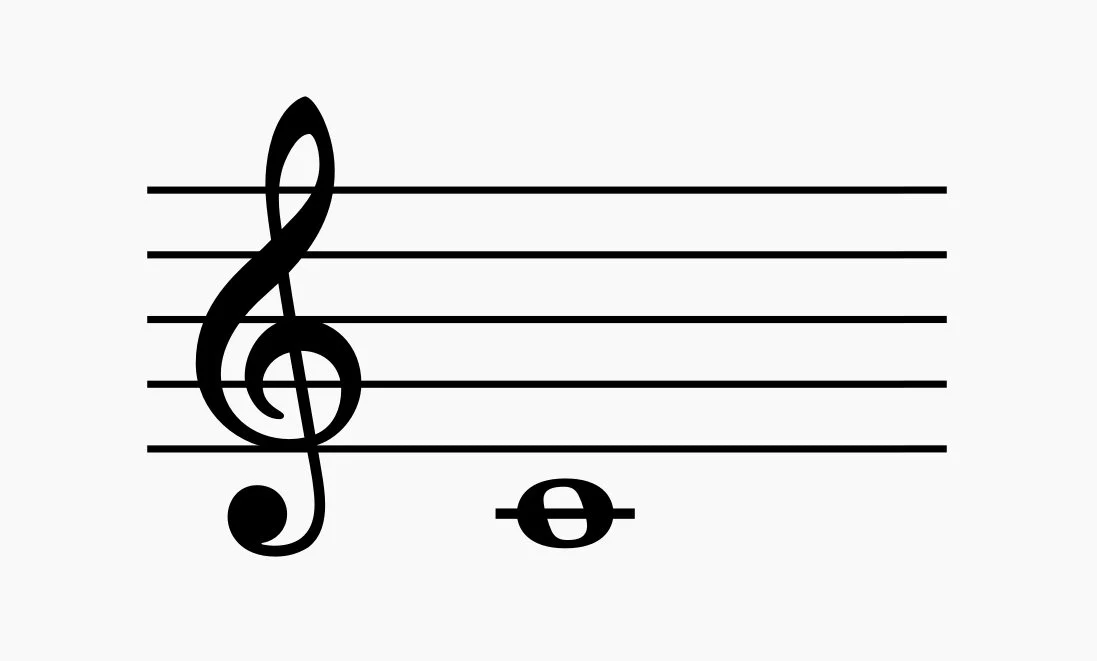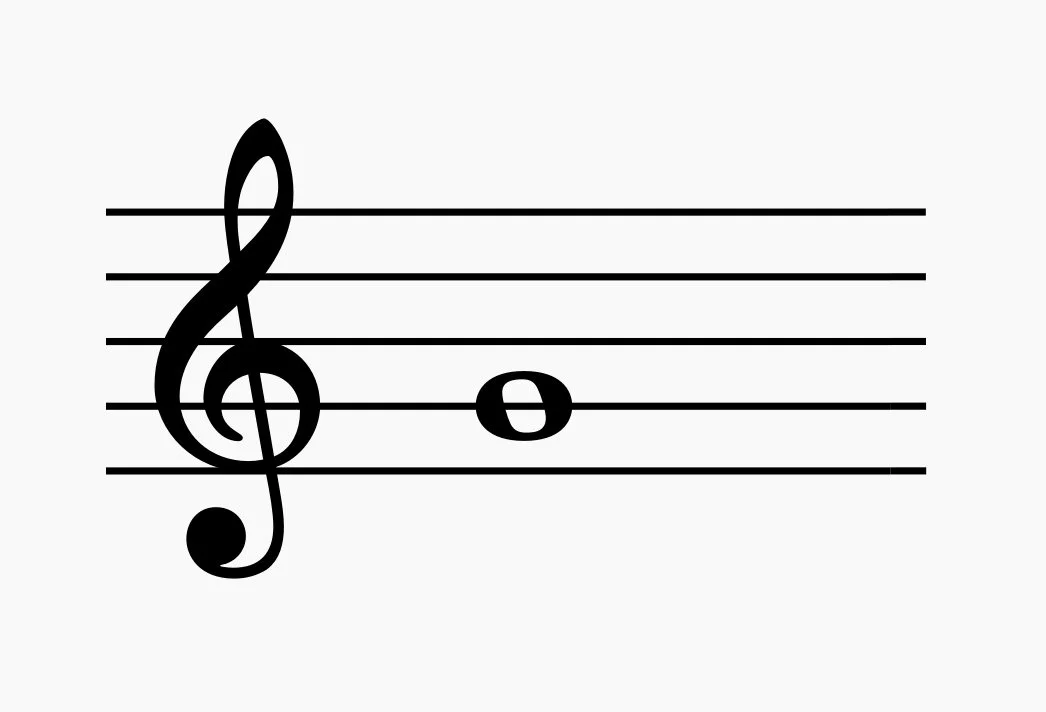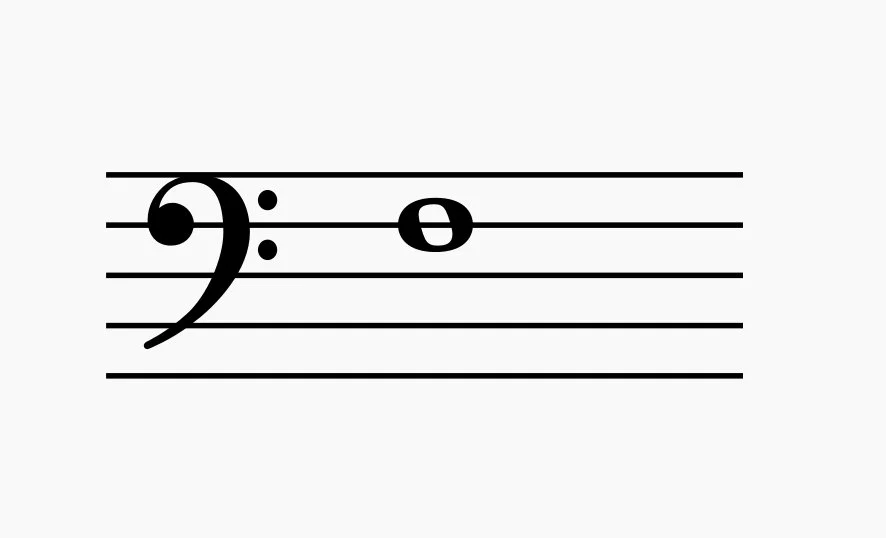How to read music: the first three landmark notes
When I was young, the way we were taught to read the notes on the grand staff was through mnemonics:
FACE for the spaces in the treble clef
Every Good Boy Deserves Fudge for the treble lines
All Cows Eat Grass for the bass clef spaces
Good Boys Deserve Football Always for the bass clef lines
But these didn’t really work for me. I’d see a note, then have to remember the correct mnemonic, run through the full phrase in my head, identify the note, and then play it. By the time I’d finished this process, I would either have stopped playing, or the music would have carried on without me.
This time round I’m focusing on landmark notes. These are notes that are easy to recognise without thinking, counting lines or using mnemonics. They’re like anchor points that make the rest of the staff easier to navigate. I’m starting with three. But before I share them, let me explain another small revelation that’s made my understanding of the treble and bass clefs easier.
Closing the gap
When you look at the grand staff - treble clef above and bass clef below, joined by a brace - there’s a big space between them.
That always made me think of them as two totally separate systems. But they’re not. They’re connected.
You can play the notes straight through, from the top of the treble clef (F above Middle C) down to the bottom of the bass clef (G2, just below C3). And right in the middle sits C4, or Middle C. If you bring the staves closer together, this connection makes a lot more sense.
You can see that Middle C, whether it’s written at the top of the bass clef or the bottom of the treble clef, is the same note and links the two staves. Yes, the notes on the bass clef can go higher then middle C, and the notes on the treble clef lower than Middle C, but Middle C is the same note on both staves.
That small shift in perspective has been hugely helpful. Before, I treated the treble and bass clefs as two separate systems, almost like switching modes each time I moved between them. Now they feel like one continuous staff, with Middle C as the natural link holding it all together.
The first three landmark notes
Middle C
Middle C on the treble clef
It’s no surprise then that the first landmark note is Middle C. It sits on its own ledger line between the treble and bass clefs, and that extra little line makes it stand out straight away. It’s usually the easiest note for beginners to spot when first learning to read sheet music.
Treble G
G on the treble clef (or G clef)
The treble clef itself tells us where the note G is. It actually began life as the letter G, written by hand. Over time, that G became more and more ornate until it turned into the swirl we use today. That’s why it’s also called the G clef.
The curl of the symbol wraps neatly around the second line from the bottom of the treble staff, and that line is always the note G. So every treble clef is like a little reminder: “Here’s G.”
Bass F
F on the bass clef (or F clef)
The bass clef works in exactly the same way. It started life as the letter F, marking out the F line. Over time it evolved into the symbol we use today, with its two dots sitting either side of the F line. I like to picture those dots as the two horizontal strokes of a capital F - it makes the connection stick.
That’s why it’s also called the F clef, and every bass clef comes with a built-in signpost to the note F.
The big takeaway - no more decoding
With these three landmark notes - Middle C, Treble G, and Bass F - I don’t have to decode anything. They’re always there, like an X marking the spot. Once I know these well, I’ll add the notes on either side before moving on to other landmark notes. I already have some ideas for how to remember these, but I’ll save that for another post. I’m only at the beginning, but this way of learning feels easier already, and for once it feels like it might actually stick.
What’s next
If you’re also learning to read music, try starting with just these three landmark notes. They’re a simple but powerful way to get your bearings on the grand staff. Once they feel automatic, you’ll find adding more notes much easier.
Have you tried landmark notes yourself? Did they help you read sheet music more quickly, or do you prefer mnemonics? I’d love to hear how it’s going for you - feel free to share in the comments.
Join the conversation
I’d love to hear your thoughts. Questions, reflections and ideas are all welcome. Comments appear straight away, but I’ll remove anything offensive, abusive, discriminatory or spammy. Please keep it respectful and on-topic, so everyone feels welcome. Thanks.






